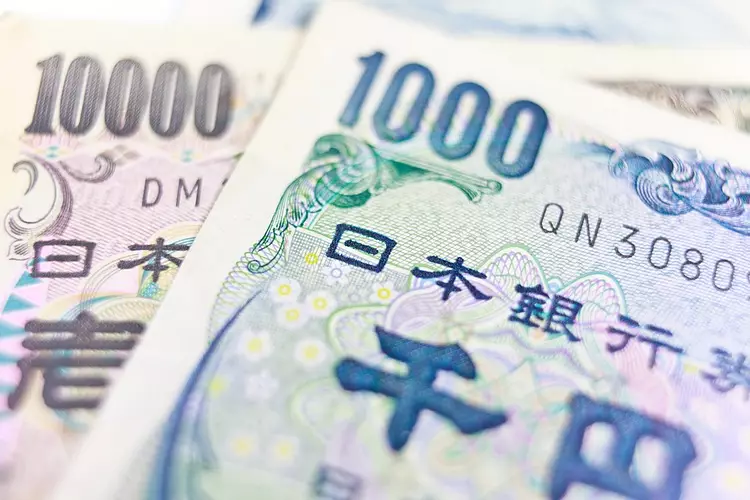In recent trading sessions, the Japanese Yen (JPY) has displayed significant volatility against its primary counterpart, the US Dollar (USD). Following the Bank of Japan’s (BoJ) latest minutes, the Yen reached a two-week high during the Asian market hours. Despite this initial strength, lasting gains have proven elusive. A series of layered factors, including political uncertainty and changes in market sentiment, have continued to challenge the Yen’s value, leading to a complex narrative affecting traders’ strategies.
The BoJ minutes, released recently, indicated that the central bank is contemplating future interest rate hikes contingent on economic stability and inflation forecasts. While this hawkish sentiment has provided a temporary lift to the Yen, investors remain skeptical about the BoJ’s ability to deliver on these possibilities given the current political landscape in Japan. Consequently, the market has adopted a cautious stance, with many traders perplexed about how much further the BoJ can tighten its loose monetary policy amid external uncertainties, particularly those stemming from the United States.
Traders also recognize that the central bank’s decisions are not made in a vacuum. Domestic political factors play a critical role. Speculation about governmental stability and policy effectiveness has induced hesitation in traders, causing any initial gains from the BoJ’s remarks about possible rate increases to fade swiftly.
Adding another layer of tension to currency markets is the unfolding political situation in the United States. Recent exit polls indicating a significant lead for Donald Trump in key swing states have sparked a robust rally for the USD. The anticipation of Trump’s potential victory has raised expectations about a return to inflationary policies, including touted tariffs that might affect international trade dynamics. Such developments have compelled traders to favor the USD, detracting from the safe-haven appeal of the Yen.
The consequent demand for the dollar pushed the USD/JPY pair higher by nearly 150 pips, underscoring the Yen’s vulnerability in a risk-on environment. The strong buying momentum for the USD is not just about political preferences; it is also closely linked to rising US Treasury bond yields, which have surged to levels not seen since mid-2023. Such a scenario compels investors to seek higher returns available in the US, further pulling capital away from the lower-yielding JPY.
From a technical perspective, the currency pair must be closely monitored for any sustained movement beyond crucial levels. Currently, the USD/JPY is eyeing resistance around the 153.00 psychological level, with further upward movement potentially reaching the 153.35-153.40 zone. Traders believe that should the pair consistently breach previous highs, it may push towards the 153.85-153.90 area, nearing peaks observed in recent months.
Conversely, protective measures also exist as the 152.30 mark stands to defend against downward pressure. A failure to maintain above this level could invite sellers back into the market, with significant support identified at the 150.00 threshold, along with the 100-day Simple Moving Average (SMA) serving as a vital reference point.
Should bearish momentum persist, a break below these key levels might increase susceptibility to further losses, leading to speculative trading based on the prevailing market sentiment.
The narrative surrounding the JPY cannot be divorced from broader economic sentiments. The Yen’s status as a safe-haven currency means it usually benefits during turbulent times. However, recent monetary policies that favored ultra-loose frameworks for an extended duration have cast a shadow on its value. As the BoJ transitions away from these policies, there are movements to narrow the yield differential between US and Japanese bonds, which historically has colored the trading landscape.
With ongoing international economic fluctuations and increasing protective measures from various countries, the demand for the Yen can fluctuated significantly. In essence, as the global economy faces headwinds, the Yen’s resilience as a safe bet may come into play, highlighting the duality of its role as both a leader within the currency markets and a victim of the prevailing geopolitical landscape.
The Japanese Yen’s recent struggles against the USD highlight the complexities woven into global currencies, where local economic policies interact with international political dynamics to create a landscape fraught with uncertainty. For traders, navigating this turbulent environment demands a deeper understanding of not only market mechanics but also the myriad of influences shaping the currencies they trade.

